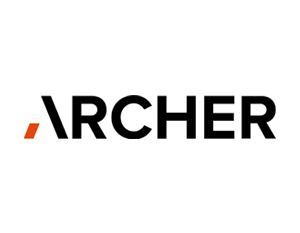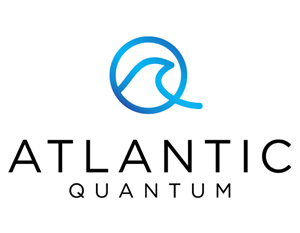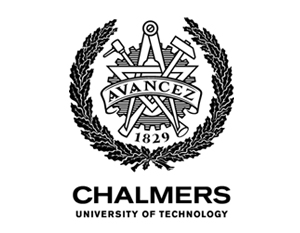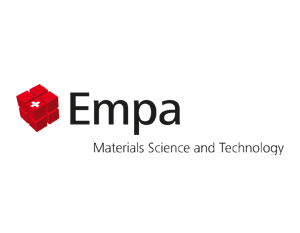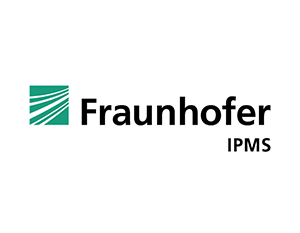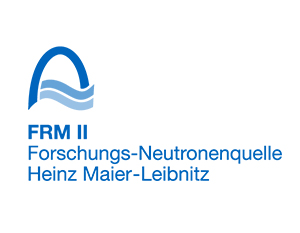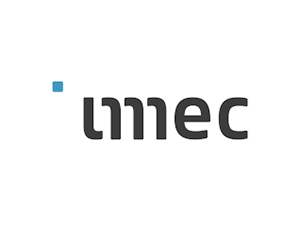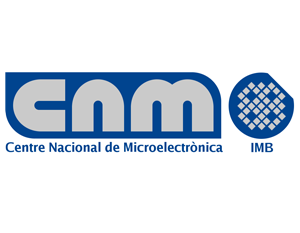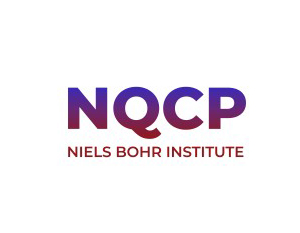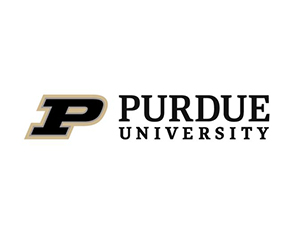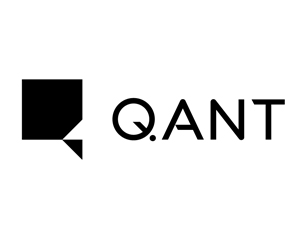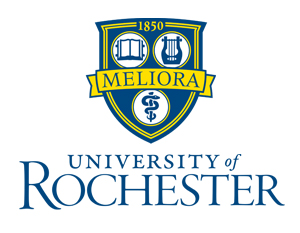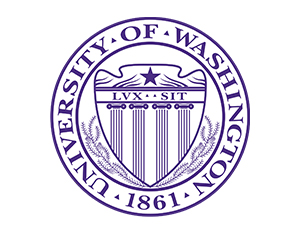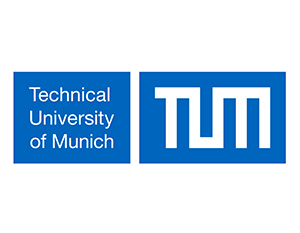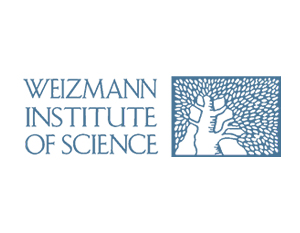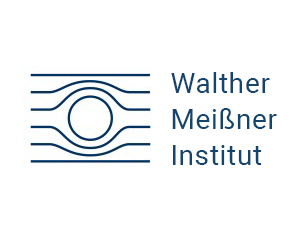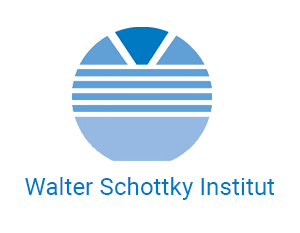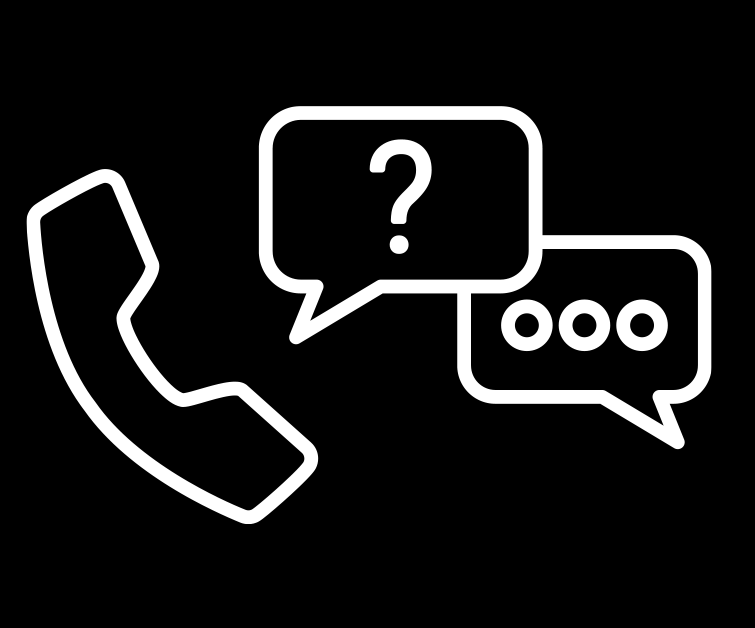One of the hurdles companies and research groups face when entering the quantum technology field is the significant investment needed to set up their own facilities. Additionally, building the infrastructure takes time, and there is a shortage of experienced staff. That’s where we come in. Use predefined measurements or customize your characterization routine with our experts. Send us your samples – we wire-bond if needed, perform measurements, and deliver data quickly online on fair terms. Alternatively, you can rent our cryogenic infrastructure for easy access to cryostats and measurement equipment.
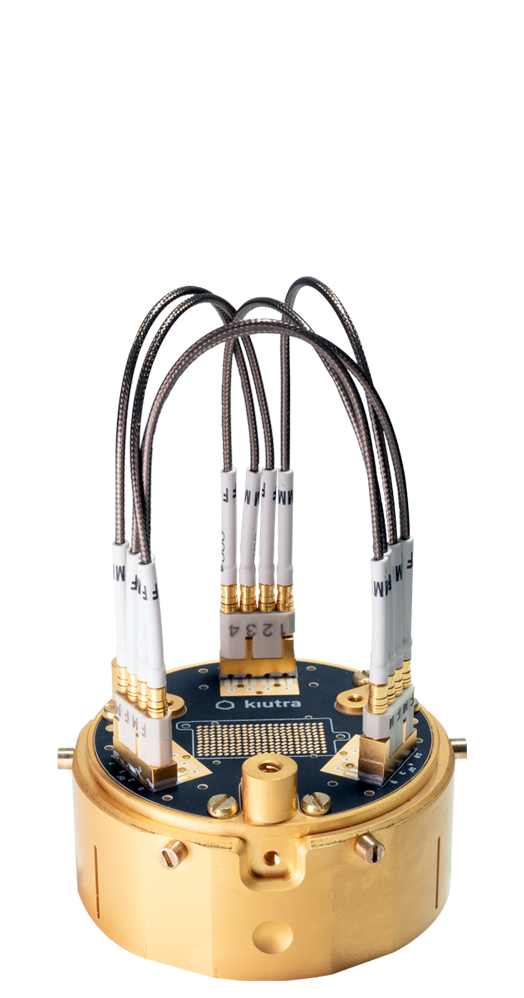
Measurement options
Resistance
Resistance is measured using a four-point probe setup. The sample is cooled and then gradually warmed while resistance is continuously recorded to obtain the resistance–temperature (R–T) curve. A lock-in technique ensures high sensitivity and low noise, making the method well-suited for characterizing thin films and superconducting devices.
Superconducting resonators
Transmission through superconducting resonators is measured using a vector network analyzer (VNA). A high-frequency signal is applied to the sample, and the transmitted power (S21) is recorded over a defined frequency range. From this, quality factors are extracted and analyzed as a function of input power and temperature, allowing detailed characterization of superconducting and microwave components.
IV characteristics
Low-temperature I-V measurements of devices such as diodes or transistors are performed using two- or four-probe techniques with state-of-the-art Source Measure Units (SMUs). Additional high-precision voltage sources are available to apply bias or gate voltages for more complex devices. This setup enables precise characterization of electrical behavior over a broad range of temperatures.
Calibration of low-temperature sensors
Calibration of low-temperature resistive thermometers is carried out over a broad temperature range. This is done using a four-point lock-in technique, and the sensors are calibrated against a certified thermometer.
How our service measurements work
We offer various predefined standard measurements. These follow well-established protocols, and only a few key parameters can be adjusted. If more extensive modifications are required, we offer customized measurements, where an application engineer implements an individual measurement setup according to the customer’s requirements.

Configuration
Use our online configurator for standard measurements or contact us to define your custom requirements.

Quotation
Receive a quote based on your configuration. Custom protocols include a one-time setup fee that will not be applied to future runs.

Sample carriers
We will send you blank sample carriers for device mounting or evaluate your holders.
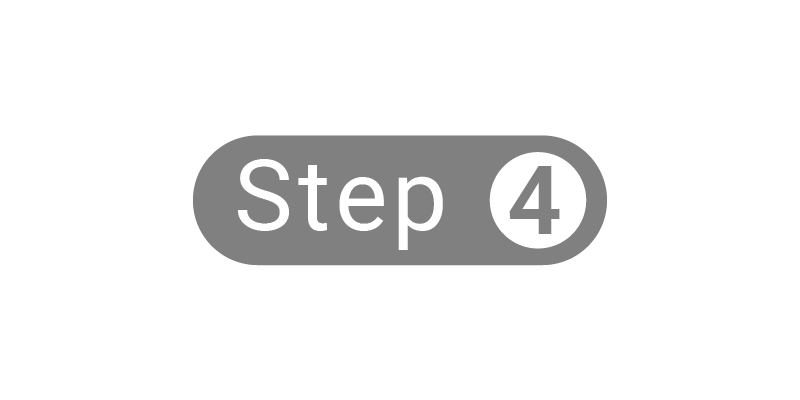
Sample connections
Wire-bond your sample to one of our carriers, or discuss custom contacting options with one of our application engineers.
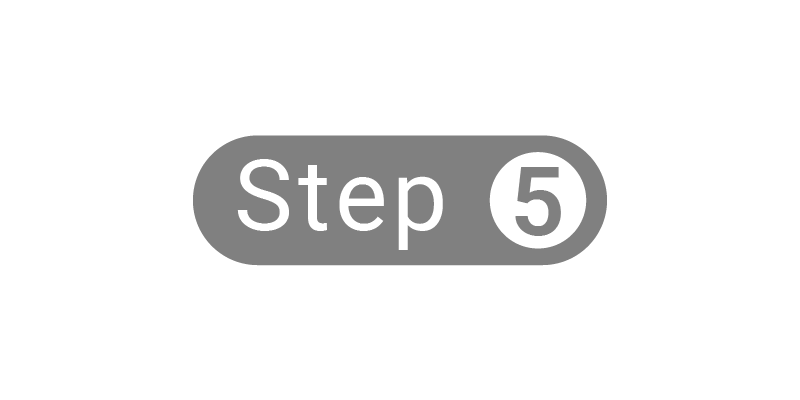
Measurement
After the measurement protocol is confirmed, we will perform the measurement and deliver the raw data along with all required instrument settings and a short measurement report.
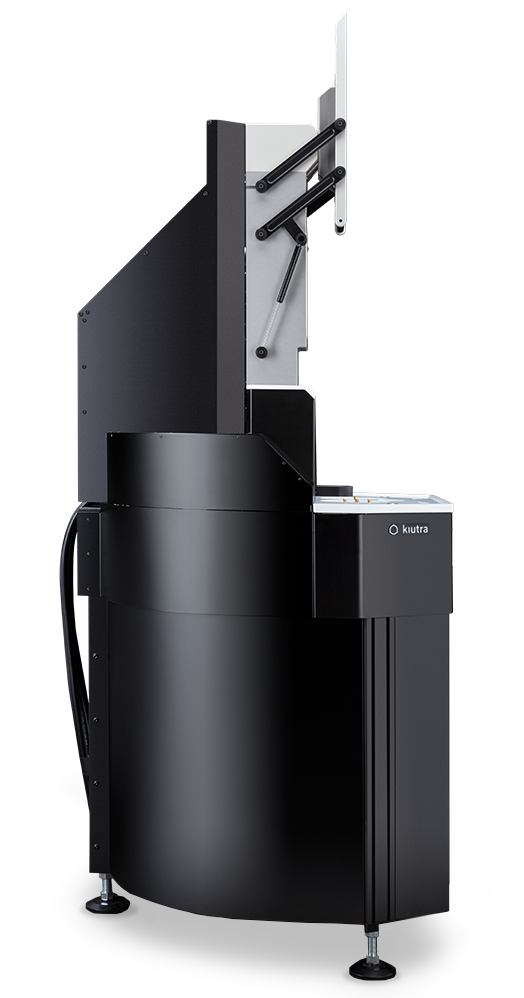
Fully serviced cryogenic characterization measurements
Key benefits
Get results faster
Receive a report including raw data and plots that you can use straight away.
A simple and quick way to trial ultra-low temperature characterization.
The equipment is ready for you to use – if you are in the process of setting up your own facilities, bridge a gap.
Reduce your costs
Only pay for the measurements you need without having to invest in infrastructure, space and personnel.
Temporarily add measurement capacity when you need it.
Reduce the risk of hardware failures associated with the operation of complex cryogenic and room temperature measurement equipment.
Assess whether setting up your own equipment will be a sound investment.
Expert support to get you the results you need
Hire in low-temperature expertise, support and advice, leaving you to focus on your project goals.
Get proof of concept by having your results verified.
High level of data security and pseudonymized samples – we support you without compromising your IP.
Sustainability
Sharing equipment is the most cost-efficient and sustainable way for low-temperature investigations. As we exclusively use certified green electricity from European hydropower, using our service will allow you to reduce your carbon footprint.
Cryogenic infrastructure rental
Easy access to cryostats and measurement equipment
Testing new ideas often requires an exploratory approach and constant, direct access to a measurement system. But that doesn’t mean you have to invest time and substantial capital in your own equipment right away.
Rent our fast and easy-to-operate L-Type Rapid cryostats
Bring your own measurement equipment or rent state-of-the-art measurement electronics
Use your rental system in our ‘Cryofloor’ in Munich or via a remote desktop connection
Our experienced staff will support you in using your cryostat
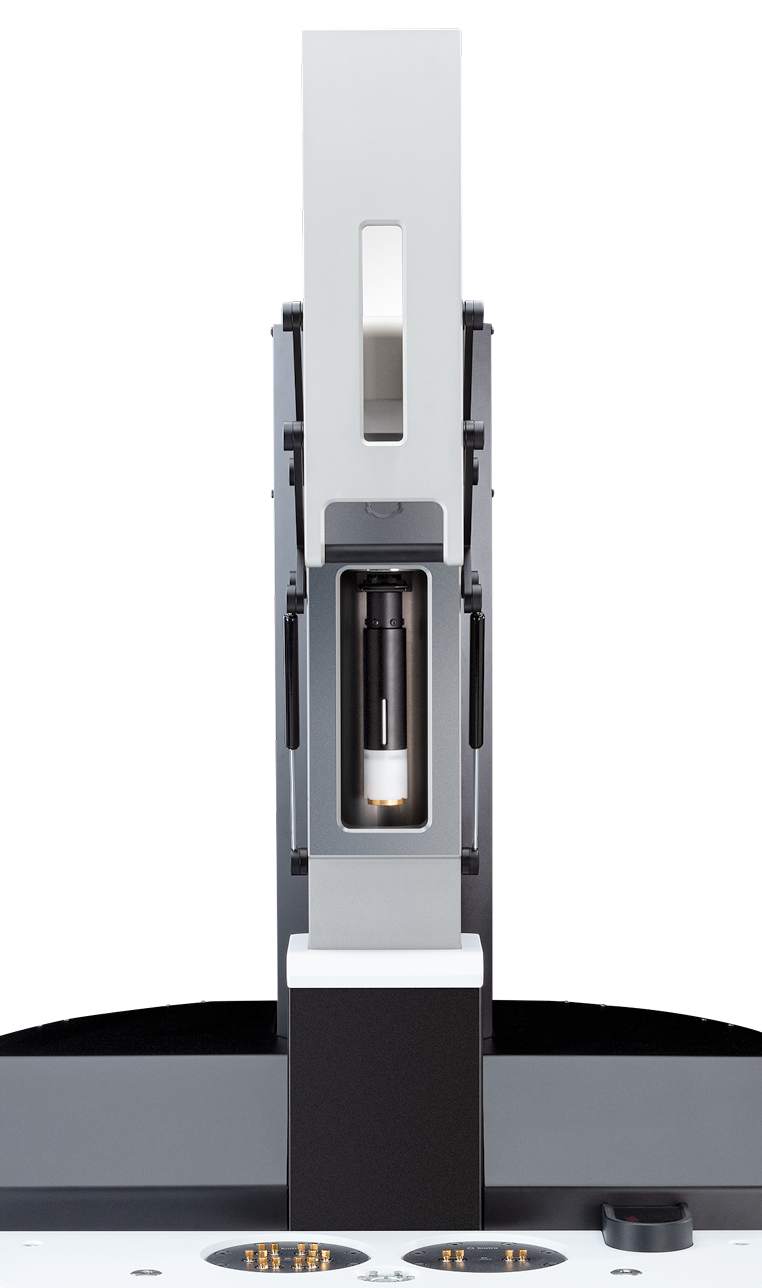
Our customers
We are trusted by leading companies and research institutions around the world
Customer voices
Gemma Rius
Leading Research Scientist at the Institute of Microelectronics of Barcelona (IMB-CNM-CSIC) on Superconductor and Hybrid Chips for Quantum
Cryogenics as a Service in the L-Type Rapid enabled us to characterize remotely a batch of our superconducting resonators in a single round overall with minimal preparations and getting reliable data. Aimed at studying and comparing temperature dependence in arrays of superconducting resonators in a few different samples, we are certainly using the cryogenics service again for next generations of the superconducting devices and circuits we fabricate, while planning to apply also the other available measurement modes for our developments on thin films and hybrid devices.

